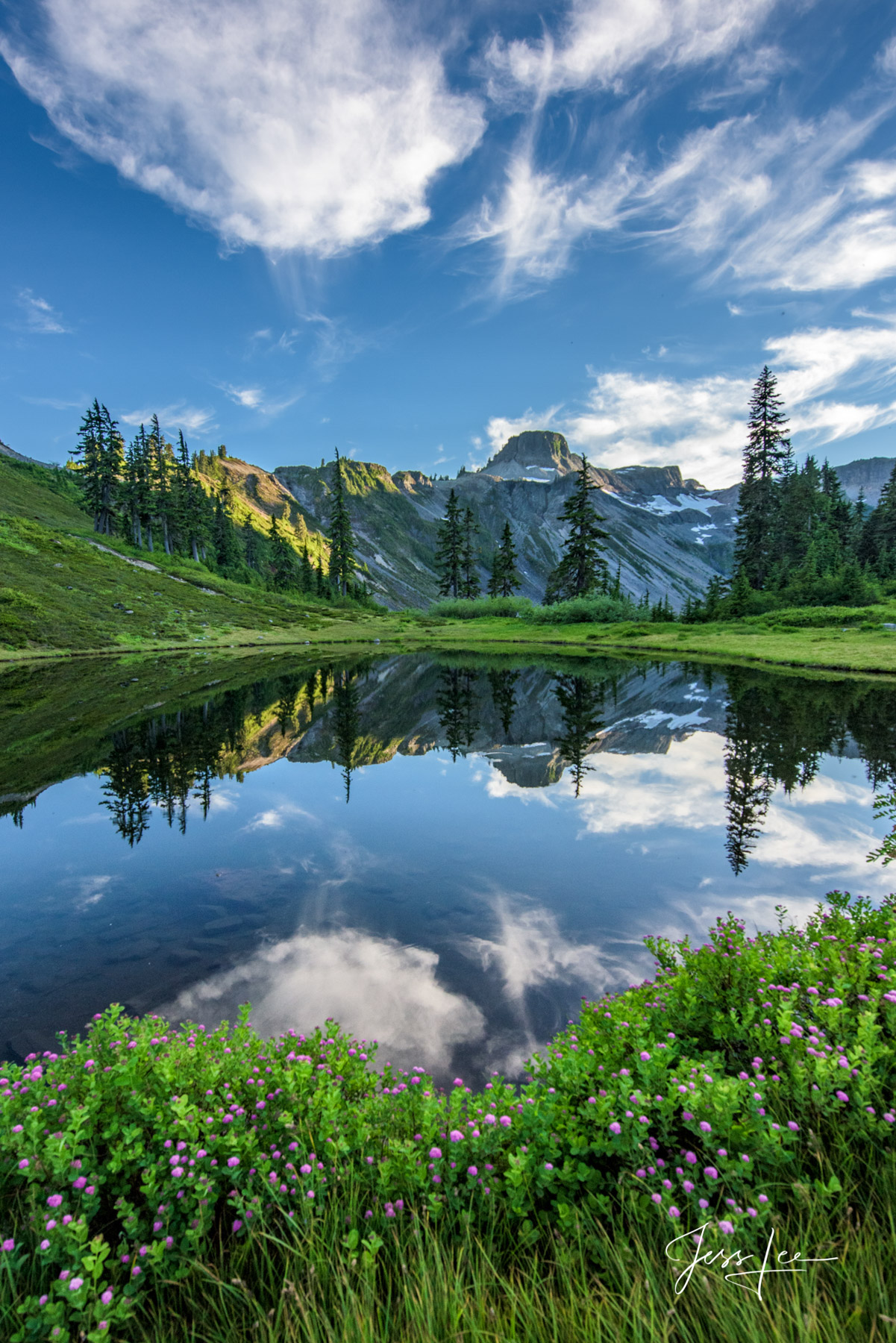How melting sea ice increases wildfire risk in the Northwest

New atmospheric research has found melting sea ice in the Arctic increases the risks for wildfires on the West Coast.
Northwest researchers have found climate conditions in one part of the world can cause climate changes far away.
Specifically, melting sea ice can be an important predictor for wildfire risks in the Northwest, said Hailong Wang, a research scientist at Pacific Northwest National Laboratory and co-author of the study, published this October in the journal Nature Communications.
Research shows extreme weather in one part of the globe can cause weather shifts far, far away. This phenomenon is known as teleconnection, Wang said.
“We have one earth. The whole climate system is connected,” Wang said.
Normally, sea ice in the Arctic reflects some of the sun’s rays. However, climate change is causing sea ice to melt, which means the shiny blocks of ice are no longer there to reflect the sun’s rays.
Instead, the sunlight is absorbed straight into the ocean, which warms up the water.
The warmer water generates a powerful weather condition called a vortex, which eventually leads to changes in climate conditions in the Western United States. The resulting drier, warmer weather is ripe for wildfires, especially in autumn and early winter, Wang said.
Although many conditions can exacerbate wildfire risks, Wang found the climate conditions generated by dwindling Arctic sea ice accounted for almost half the increased risk for wildfires on the West Coast.
Climate change could mean summertime Arctic sea ice will disappear completely in 20 to 30 years, Wang said, which would increase wildfire risks even further.
“According to our study, the fire weather over the Western U.S. will be even warmer, drier and hotter. The fire risks will be higher,” Wang said.
Now that researchers understand why these conditions exist, Wang said he hopes the findings can help forest managers.
“Forest managers could have a heads up in the autumn and early winter,” Wang said. “They could adapt more to reduce the fire risks.”

